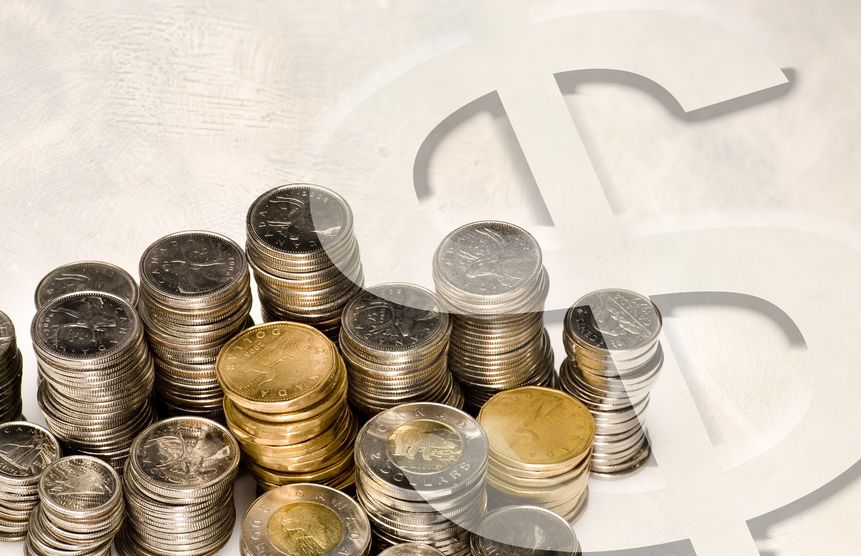
Regulation fees for investment dealers are expected to stay flat for the coming year, even as regulatory costs for the Investment Industry Regulatory Organization of Canada (IIROC) are expected to rise by about $1 million, according to the latest forecasts from self-regulatory organization’s latest annual report, published on Monday.
Specifically, IIROC indicates in the report that fees for dealer regulation will remain flat in fiscal 2018 (ending March 31, 2018) whereas its total operating expenses are expected to increase by just more than $1 million to $93.3 million in fiscal 2018, primarily due to higher compensation costs, including both salary increases and higher headcounts in areas such as debt market surveillance and information technology (IT).
Lower hosting costs for data and a redesign of IIROC’s data centre infrastructure, which aims to reduce cost and complexity, will offset some of the cost increases.
For fiscal 2017, IIROC recorded a surplus of $6.6 million. Looking ahead to fiscal 2018, the SRO says it expects underwriting levies, which were exceptionally strong in 2017, to be lower. Registration fees are expected to be higher, driven by increased activity in Quebec and New Brunswick and a fee increase by Alberta, it says. Yet, it notes that overall fees for dealer regulation activities are expected to remain flat compared with 2017.
However, there will be a shift in the allocation of market regulation fees to debt markets from equities markets, as “debt market regulation operations will, for the first time, assume their proportionate allocation of corporate overheads.”
As a result, IIROC notes in the report that equities market regulation fees will decline by approximately $700,000 while debt market regulation fees will increase by the same amount. Debt information processor fees will be $461,000 in fiscal 2018, it says.
According to the report, the four-year compound annual growth rate (CAGR) of IIROC fees, including its projections for 2018, is 2.4%. Furthermore, IIROC projects that revenue and costs will grow at CAGRs of 2.2% and 1.9%, respectively.
With the SRO continuing to generate a surplus in 2017, the annual report indicates that it’s retaining the excess to fund employee benefit deficits and capital assets.
Conversely, IIROC’s restricted fund, which derives its revenue from monetary sanctions collected through enforcement and covers the expenses of its hearing panels (and certain other activities, such as investor education) recorded a deficit in 2017.
Total revenue for this activity declined by about 2% to $2.2 million in 2017, and expenses increased to $2.6 million for the year, resulting in a deficit of $380,000 for fiscal 2017 compared with a $74,000 surplus a year earlier.
Along with the financials, the annual report also details IIROC’s policy work over the past year, highlighted by increased enforcement powers, expanded co-operation with other regulators, and a heightened focus on compensation-related conflicts and cybersecurity.
“IIROC has made significant progress this year in achieving the priorities set out in our three-year strategic plan, including several initiatives that will provide a more consistent level of investor protection across Canada,” says Andrew Kriegler, president and CEO of IIROC, in a statement. “These efforts, along with the essential regulatory activities carried out every day by IIROC’s dedicated staff, provide a solid foundation for future success.”
Photo copyright: designpics/123RF